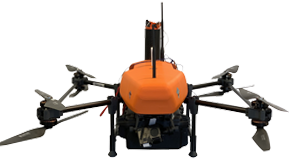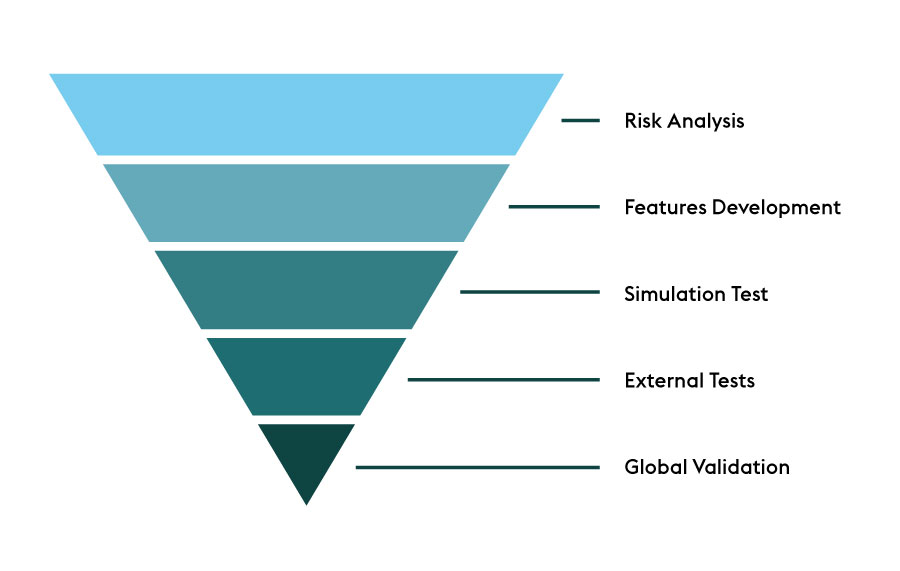The Eyesee inventory drone plots a new course – official press release
The Eyesee inventory drone plots a new course
The drone-based inventory solution, designed and patented by Hardis Group and co-developed with Squadrone System since 2015, will now be marketed, developed, and operated by Darwin Drones, a new company based in Grenoble. The entity will build on this local innovation success story and work to accelerate take-up of the solution in France and worldwide.
Grenoble, March 30, 2022 – Hardis Group, a consulting firm, digital services company and software editor of the Reflex logistics execution software suite, and its partner Squadrone System, a designer and manufacturer of professional drones, announce the creation of a new company, Darwin Drones, to take the Eyesee inventory drone solution forward. The startup has ambitious plans and will use a forthcoming injection of capital from investors in the Auvergne-Rhône-Alpes region to scale up production of the solution and accelerate its growth in France and worldwide.
A new company dedicated to marketing Eyesee
Eric Pierrel, a digital technology entrepreneur and the former head of the French Tech in the Alps-Grenoble alliance, has been appointed as the CEO of Darwin Drones. Going forward, the startup will be responsible for all aspects of the Eyesee business: software and hardware R&D, marketing, deployment, and after-sales care. It will also support existing Eyesee systems in use at the logistics warehouses of major firms such as L’Oréal, Log’S, Ikea, and Schneider Electric.
“We’re delighted to be taking over this incredible piece of technology, which won awards at CES Las Vegas and CES Asia in 2018,” said Pierrel. “We look forward to accelerating its growth in France and worldwide.”
Nicolas Odet, President of Hardis Group, will continue to support the project as a member of the Darwin Drones Advisory Board. Squadrone System, which manufactures the drone, remains onboard as hardware partner and will continue providing its expertise in the design of professional drones.
“Creating a dedicated startup to take the solution forward will accelerate Eyesee’s growth while providing continuity for existing users,” said Nicolas Odet. “We’ll also continue promoting Eyesee to our clients and prospects in Europe.”
Taking a local success story global
Eyesee is now ready for full-scale production and marketing after receiving its CE marking a few months ago.
“We remain onboard to support any future changes to the drone’s design,” said Antoine Level, CEO of Squadrone System.
In 2022, Darwin Drones plans to build a network of retailers and integrators in Europe. The longer-term plan is to market the solution in the United States. In order to accelerate its growth, the startup intends to raise funds from investors in the Auvergne-Rhône-Alpes region.
About the Eyesee inventory drone solution
In warehouses, inventories require significant human and material resources. They involve renting cherry pickers and stopping operations to allow operators to scan all the components which make up the stock, one by one: pallets, boxes, items…
The Eyesee drone inventory solution is designed to simplify and secure the control of stocks and locations of merchandise stored in pallet-racks in warehouses. At the entrance to each aisle, the operator drops off the drone. Then, using its sensors and indoor geolocation system, Eyesee moves through each aisle of the warehouse according to a predetermined flight plan. Its cameras capture information from the relevant logistics labels for stock-taking. The operator views the captured data on the tablet in real time and can interact with the drone if it cannot find the bar code. The captured data are then sent to the warehouse management system (WMS) or the ERP solution, so that any stock or location errors can be identified.
About Hardis Group
Hardis Group, a consulting firm, digital services company and independent software vendor, is committed to accelerating the transformation of its clients’ value chains, information systems and supply chain. Its 1,200 employees support the strategic, organizational and technological transformations of companies in order to increase their competitive edge, productivity and attractiveness.
Founded in 1984, Hardis Group achieved a turnover of €119.4 million in 2020. The company has offices in Grenoble (head office), Paris, Lyon, Lille, Nantes, Bordeaux, Madrid, Utrecht and Warsaw.
About Squadrone System
Squadrone System, founded in early 2014, is an innovative company that designs and manufactures robotic systems.
It helps manufacturers and logistics providers boost their operational efficiency by automating processes using custom-designed UAVs. Squadrone System provides research and consulting services, as well as developing custom drone hardware and software components. Drawing on its expertise in mechanics, electronics and software (embedded and remote), the company serves major industrial firms (Safran, Thales, Michelin, and Groupama) and develops new, drone-based robotic applications.
About Darwin Drones
Darwin Drones is a Grenoble-based company founded in 2021 to develop and market industrial logistics automation systems, including drone-based applications, and to deliver an associated line of services. The company was set up specifically to market, support, and develop software for Eyesee, an inventory drone solution for the logistics sector.
Press contacts
Anjuna – Elodie Cassar – elodie.cassar@anjuna.fr – Cell: +33 6 80 53 82 94
Newsletter
Don’t miss our news !
Our solutions

CLOVER
Autonomous Indoor Drone
Data capture,
inspection and monitoring
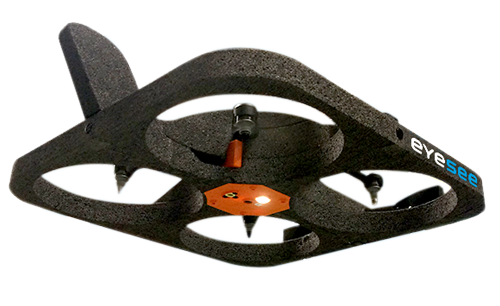
EYESEE
Autonomous inventory drone
Indoor inventory
by barcode reading
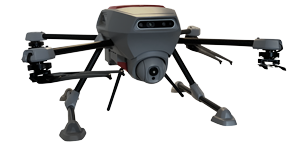
APACH
Drone with adaptable payload
Control, inspection, day and night
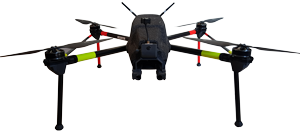
CROW
Fast and reactive drone
Aerial action with
adaptable payload
